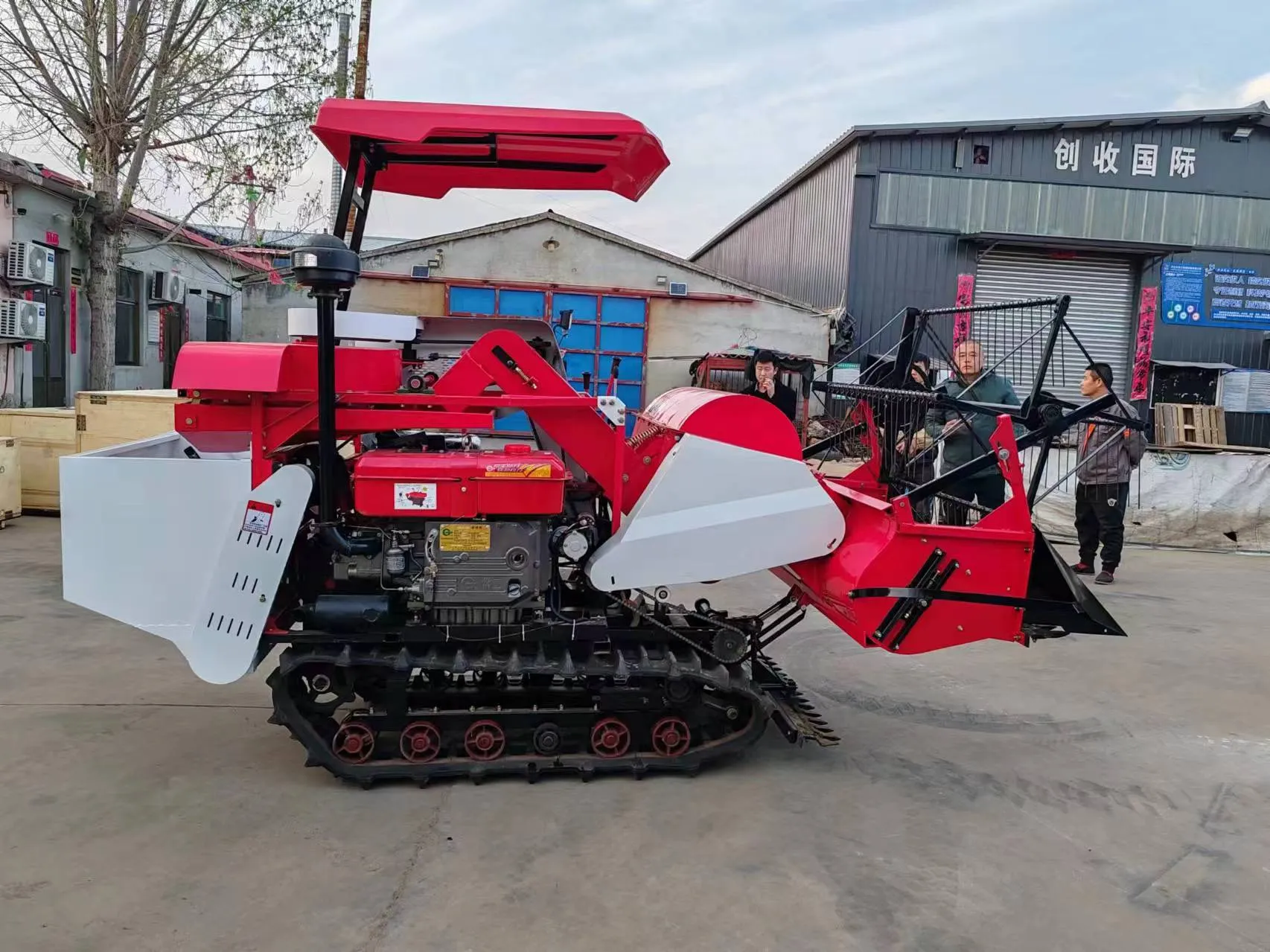Compact and Efficient Harvesting Solutions for Small-Scale Farming Needs
Small Scale Combine Harvesters Revolutionizing Agriculture
In recent years, the agricultural landscape has transformed significantly. As farmers strive for efficiency and productivity, the importance of modern machinery cannot be overlooked. Among these advancements, small scale combine harvesters have emerged as a game-changing solution for smallholdings and family farms. These compact machines are designed to simplify harvesting tasks, improve yield, and reduce manual labor, thereby revolutionizing the farming sector.
What is a Small Scale Combine Harvester?
A small scale combine harvester is a mechanically driven machine that combines the tasks of reaping, threshing, and winnowing crops into a single process. Unlike traditional large-scale combines, which can be cumbersome and expensive, these compact harvesters are designed specifically for smaller fields. They are user-friendly, easy to maneuver, and often more affordable, making them accessible to a wider range of farmers.
Key Benefits
1. Efficiency and Time Savings Traditionally, harvesting crops was a labor-intensive process that required numerous workers and significant time investment. With small scale combine harvesters, farmers can complete the harvesting process in a fraction of the time. This efficiency not only increases productivity but also allows farmers to allocate their time and resources to other critical tasks within their operations.
2. Reduced Labor Costs The agricultural industry has faced a growing labor shortage, making it challenging for farmers to find enough hands during peak seasons. Small scale combine harvesters reduce the need for manual labor by automating crucial processes, thereby alleviating the pressure of labor shortages and decreasing overall labor costs.
3. Versatility These machines are designed to handle a wide variety of crops, including grains like wheat, barley, and rice, as well as legumes and oilseeds. This versatility makes them an optimal choice for farmers with diverse crop profiles, allowing for greater flexibility in crop management.
small scale combine harvester

4. Improved Crop Quality Automation in harvesting minimizes the risk of crop damage that can occur with manual harvesting methods. Small scale combine harvesters effectively separate the grain from the chaff, ensuring better preservation of the crop quality while reducing losses. Improved grain quality can contribute to higher market prices and better profitability for farmers.
5. Accessibility By being smaller and more efficient, these machines can operate in various terrains and field sizes where larger machines may struggle. This accessibility allows smallholder farmers to efficiently work lands that bigger combines might deem unworkable, ultimately broadening the scope of what can be harvested.
Environmental Considerations
The adoption of small scale combine harvesters is not just beneficial from an economic perspective; it is also an environmentally friendly solution. These harvesters are generally more fuel-efficient and produce fewer emissions compared to their larger counterparts. By streamlining the harvesting process, they contribute to reducing the carbon footprint associated with traditional farming practices.
Conclusion
The advancement of small scale combine harvesters has profoundly impacted smallholder farmers and the agricultural sector at large. Through enhanced efficiency, reduced labor costs, and improved crop quality, these machines offer a sustainable solution that enables farmers to adapt to modern challenges. As global food demand continues to rise, the role of small scale combine harvesters in promoting sustainable agriculture cannot be understated.
Farmers equipped with the right tools, such as small scale combine harvesters, are better positioned to meet the growing demands while maintaining the viability of their operations. The future of agriculture appears promising, and as technology continues to evolve, the potential for small scale farming to thrive has never been better. By embracing these innovations, we can ensure food security and promote the sustainability of agricultural practices for generations to come.
Latest news
-
When to Upgrade Your Old Forage HarvesterNewsJun.05,2025
-
One Forage Harvester for All Your NeedsNewsJun.05,2025
-
Mastering the Grass Reaper MachineNewsJun.05,2025
-
How Small Farms Make Full Use of Wheat ReaperNewsJun.05,2025
-
Harvesting Wheat the Easy Way: Use a Mini Tractor ReaperNewsJun.05,2025
-
Growing Demand for the Mini Tractor Reaper in AsiaNewsJun.05,2025
